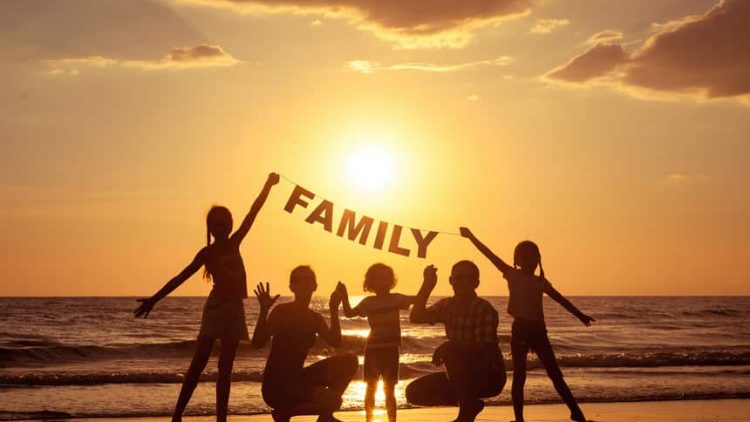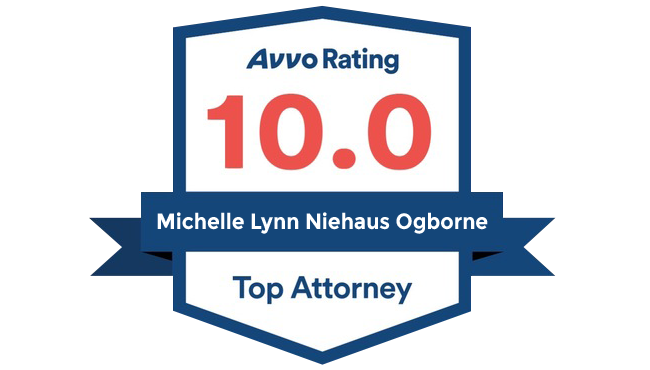Restructuring the Family with Collaborative Divorce
Divorce happens for nearly 50% of first marriages. For second and third marriages, the dissolution rate only increases.
What if you could have a different attitude toward divorce?
It’s not that anyone looks forward to divorce, but it happens.
How you and your family approach divorce will help you all move forward. If growing together separately is your goal through divorce, then a collaborative approach is the best option.
Outlining Collaborative Divorce
You may not be familiar with the concept of collaborative divorce; many people aren’t. Essentially, the family members work together to go from a unit that lives together to a unit that lives separately.
Support is provided across many different aspects of life, including finances and emotional well being. This process is built for the couple and their children helping with communication and keeping everyone emotionally supported during this process.
The goal of a collaborative divorce is to transition aspects of the family while keeping the feelings of closeness intact. Too often, divorce signifies an end. The collaborative approach is a break where two people are separated yet still connected.
Following a collaborative divorce, ex-spouses are often quite friendly, and the family may go on holidays and vacations together.
There are times when the ex-spouses remarry and incorporate those step-family members into the original family. Creating a blended, modern family unit that lives outside of traditional labels.
Benefits for Children
Given how divorce traditionally occurs, most children spend the majority of their time with their mothers. Having involved fathers in the picture is extremely beneficial to children. In a traditional, litigation-style divorce, dads may or may not stay in the picture—and moms may or may not be supportive of their involvement.
When the anger and hurt of a divorce is reduced through the collaborative process, parents are counseled to refocus their energy on the best outcomes for their children. Because of that, there is often fewer arguments and fights.
What does this mean for the kids? It means that they’re no longer being torn between parents. Their loyalties are no longer tested. They are certain they have two parents who love them and want them to thrive. They can see their parents working together for their benefit.
Even the youngest of children know what’s going on. If you think your two-year-old won’t understand divorce, you’re wrong. While they do not understand as much as an older child they will be affected by how the change in their household unfolds.
When you keep the children involved and erase the difficulties often associated with divorce, you create success. Just because you and your spouse are no longer married doesn’t mean the two of you and your children are no longer a family.
Consider Collaborative Divorce
If you and your spouse are ready to transition out of your marriage, then you owe it to the future emotional health of your children to consider collaborative divorce. It takes a potentially negative, heart-wrenching experience and turns it into a strengthening process that creates a new beginning for everyone!
Through a collaborative divorce, you as a couple will continue to work together on behalf of your children, which will mean a lot to them.
Engaging with an attorney to protect your family is never an easy step. Whether you need to protect your family from the unthinkable or restructure your family through collaborative divorce, we’re here to help. When you’re ready to schedule a consultation with Michelle Ogborne, please visit the scheduling page to get started.







